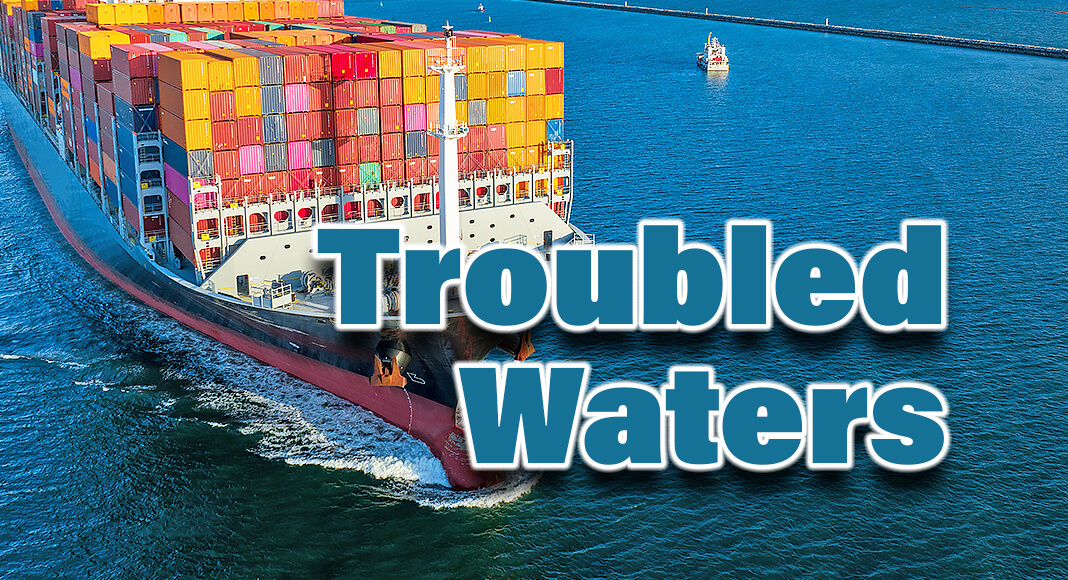
Texas Border Business
Tensions are running high in the Red Sea. Houthi rebels based in Yemen have been targeting cargo ships, firing missiles at vessels bearing flags of a variety of nations. Their goal appears to be to widen the conflict in the Middle East while simultaneously putting pressure on Europe.
About 40% of cargo between Asia and Europe (12% of total world trade) travels through the Suez Canal and Red Sea, and these disruptions have the potential to set off problems ranging from inflationary pressure to shortages and supply chain disruptions. The major effects will likely be concentrated in Europe. A notable component of Red Sea freight is crude oil and fuels such as diesel, and prices are responding. Most of Europe has struggled with persistently high inflation even more elevated than in the United States. Added to the mix, economic growth there is generally slower than here (more on that topic on another day).
The route is also important to trade from South Asia to the United States, and some domestic importers are already being adversely affected. In today’s complex and interconnected global economy, there will likely be some fallout virtually everywhere.
Some companies and carriers are taking the long way around Africa rather than risk losing a vessel and cargo in the Red Sea. Although safer, the path is much slower and more expensive. With the longer shipping route taking about 10 additional days to traverse, ships are tied up for longer to deliver the same volume of cargo. As a result, the availability of vessels for other routes is also affected (as are shipping rates).
Lessons learned during the pandemic’s disruptions are helping companies deal with shipping delays (though there is only so much slack in a world that tightly manages inventories). The detours are raising freight (and, hence, production) costs. If the conflict persists or escalates, retailers will have to worry about running out of stock, and factories could run low on needed inputs.
The US and British militaries have intervened, shooting down drones and missiles. The Houthi rebels are backed by Iran, and an agenda to widen the conflict is clear. Some drones were even fired at a US warship. If the attacks spread, the economic fallout will intensify (not to mention the risk to human lives).
Although Red Sea shipping routes are far more critical to Europe than the United States, if the chaos persists, all areas will be affected. The supply chain is more robust than prior to the pandemic, and shipping rates are nowhere near their COVID-19-driven highs. Nonetheless, a protracted pattern of interruptions will eventually lead to higher prices and shortages in Europe, with additional losses around the globe over time. Stay safe!
____________________
Dr. M. Ray Perryman is President and Chief Executive Officer of The Perryman Group (www.perrymangroup.com), which has served the needs of over 3,000 clients over the past four decades.














